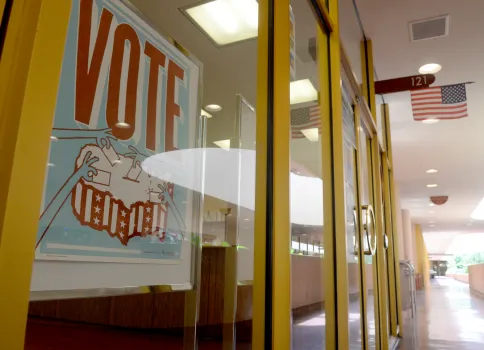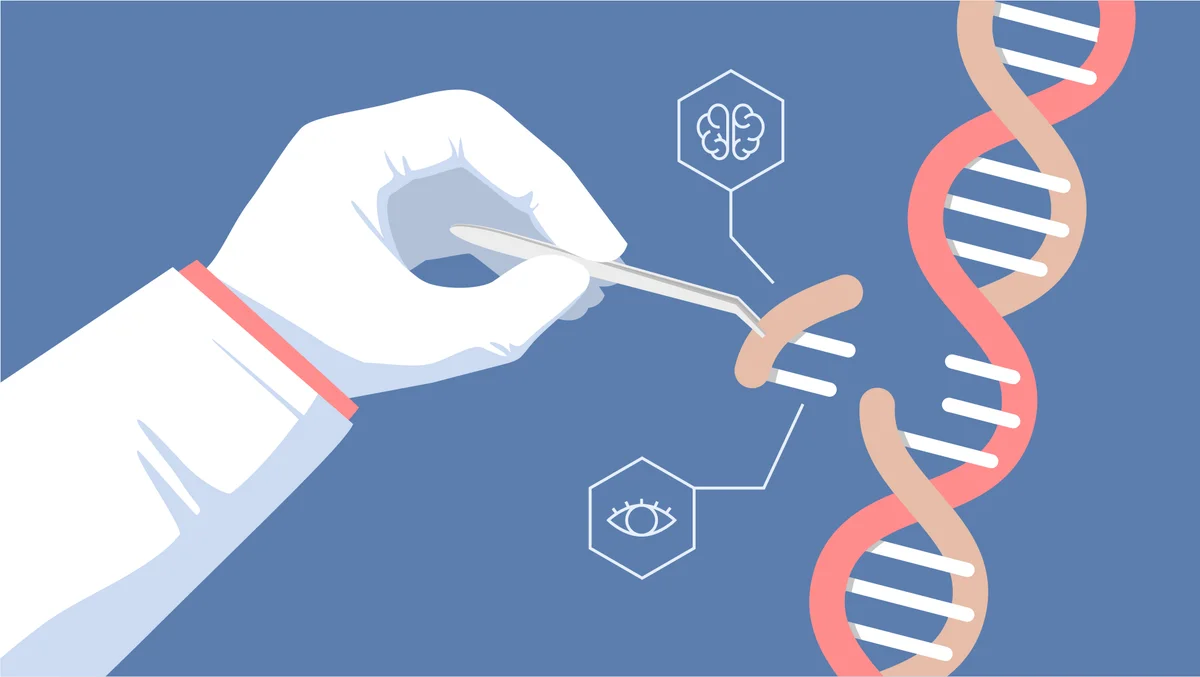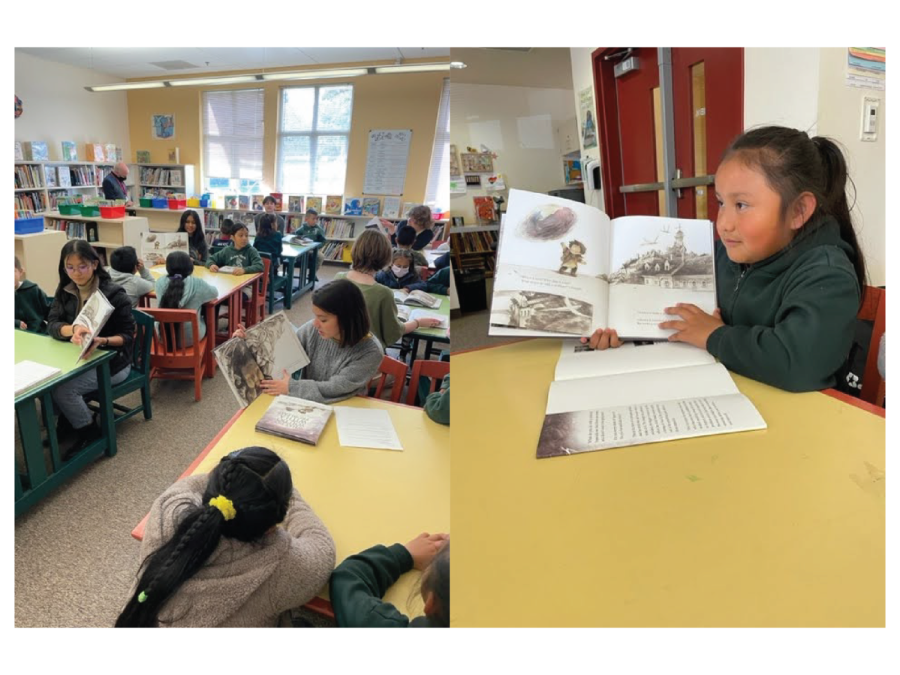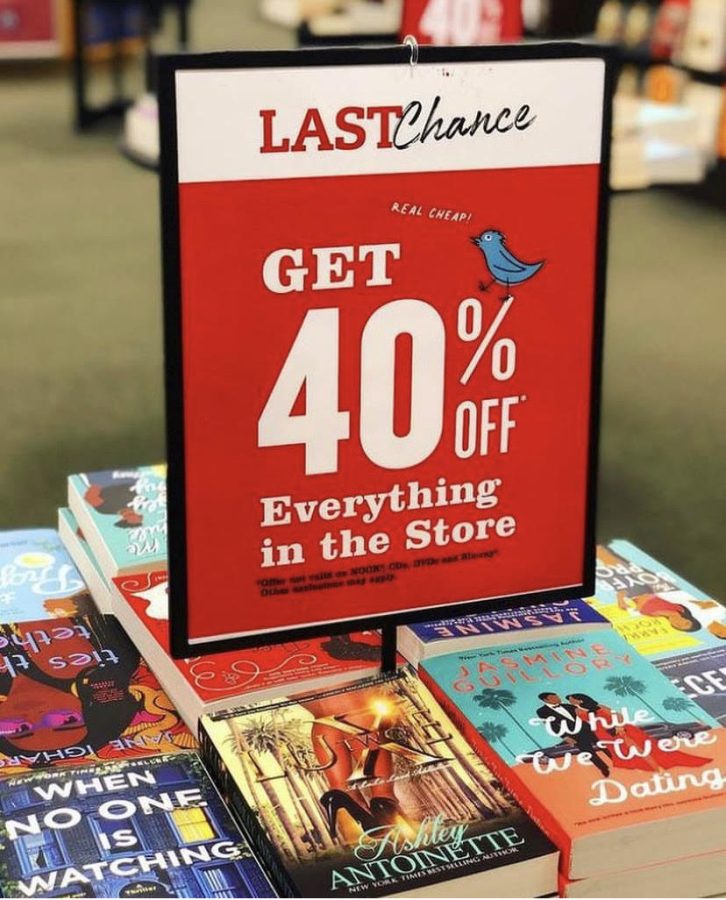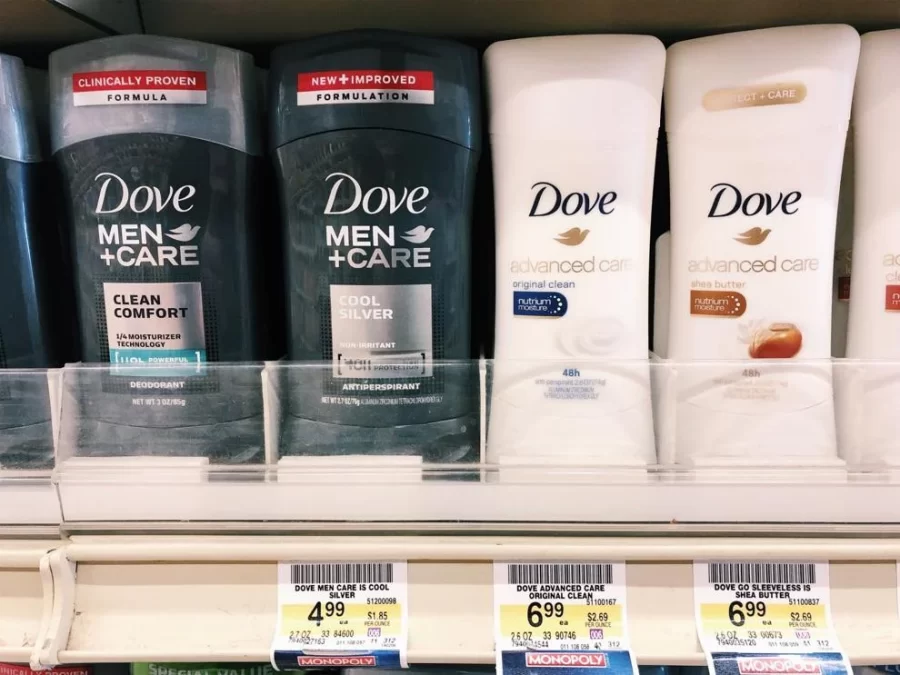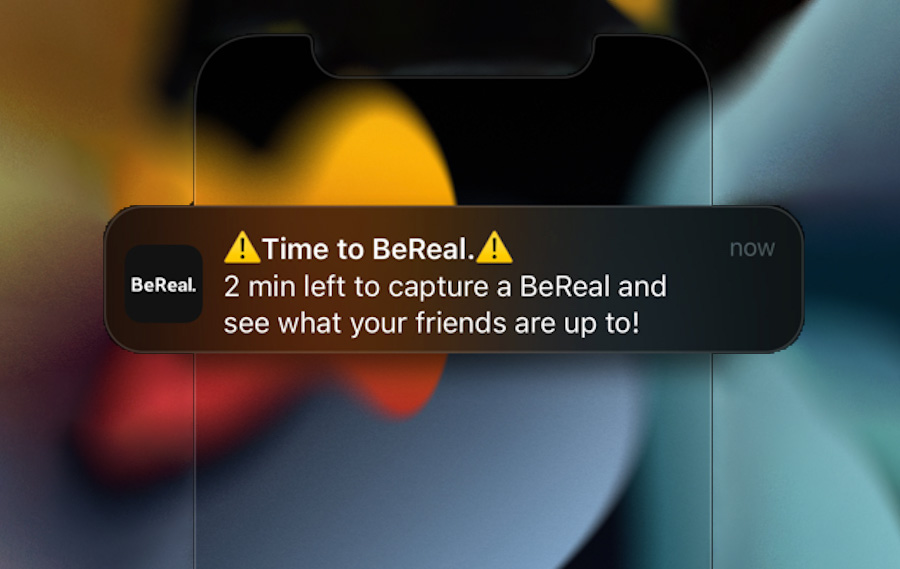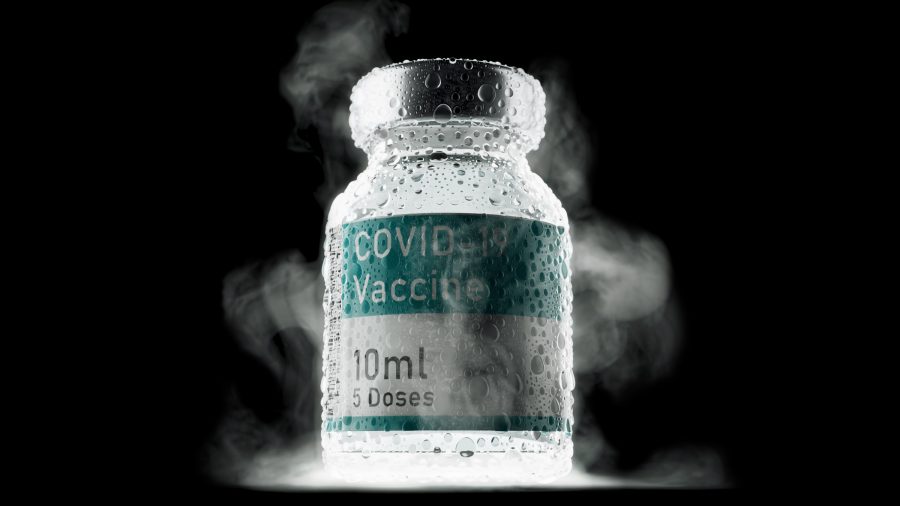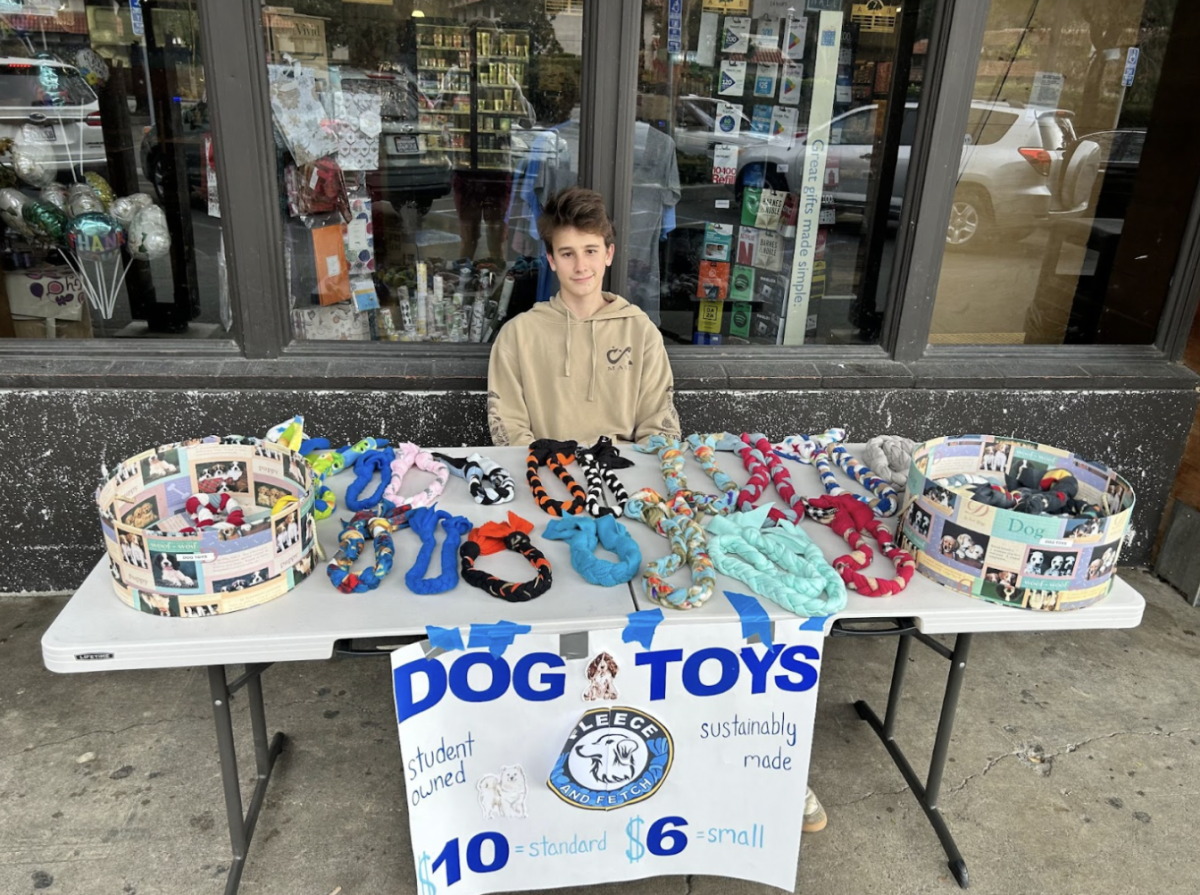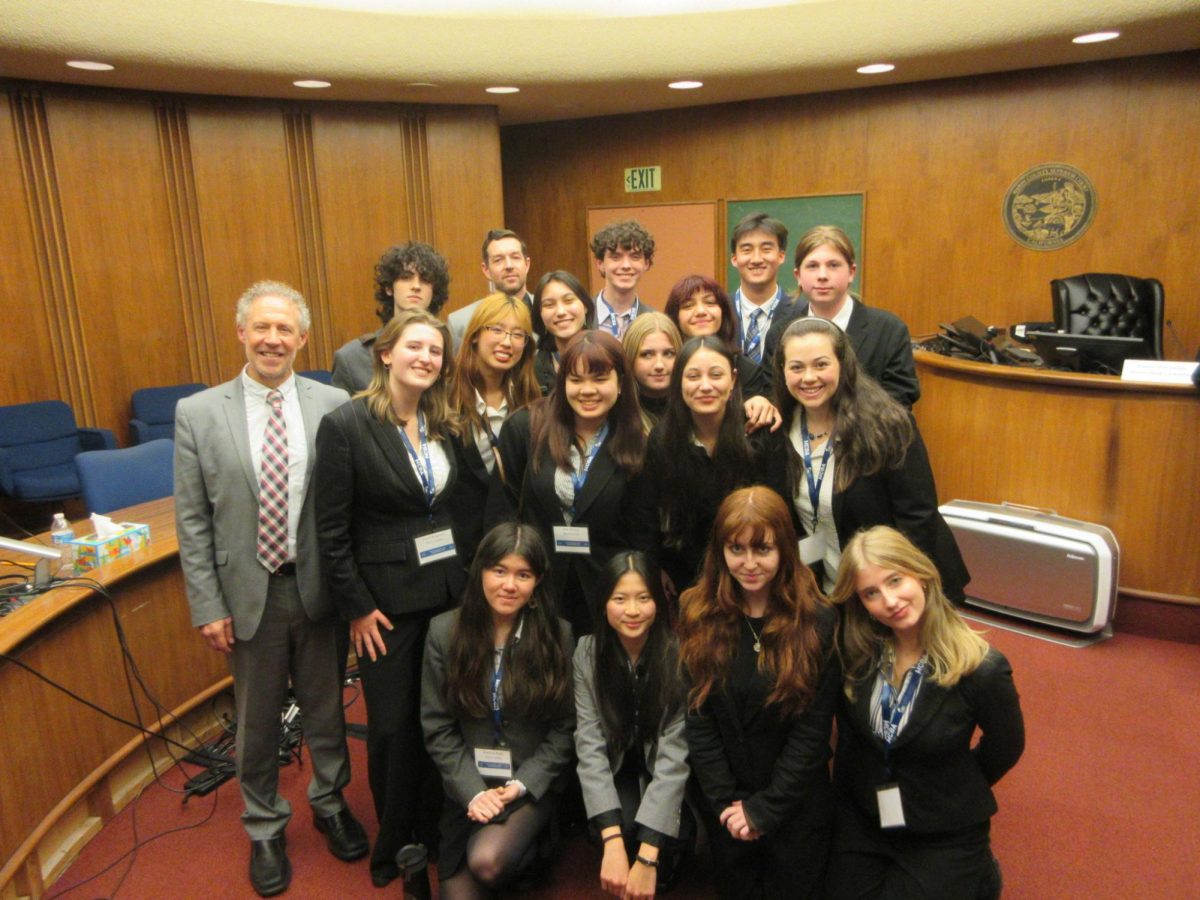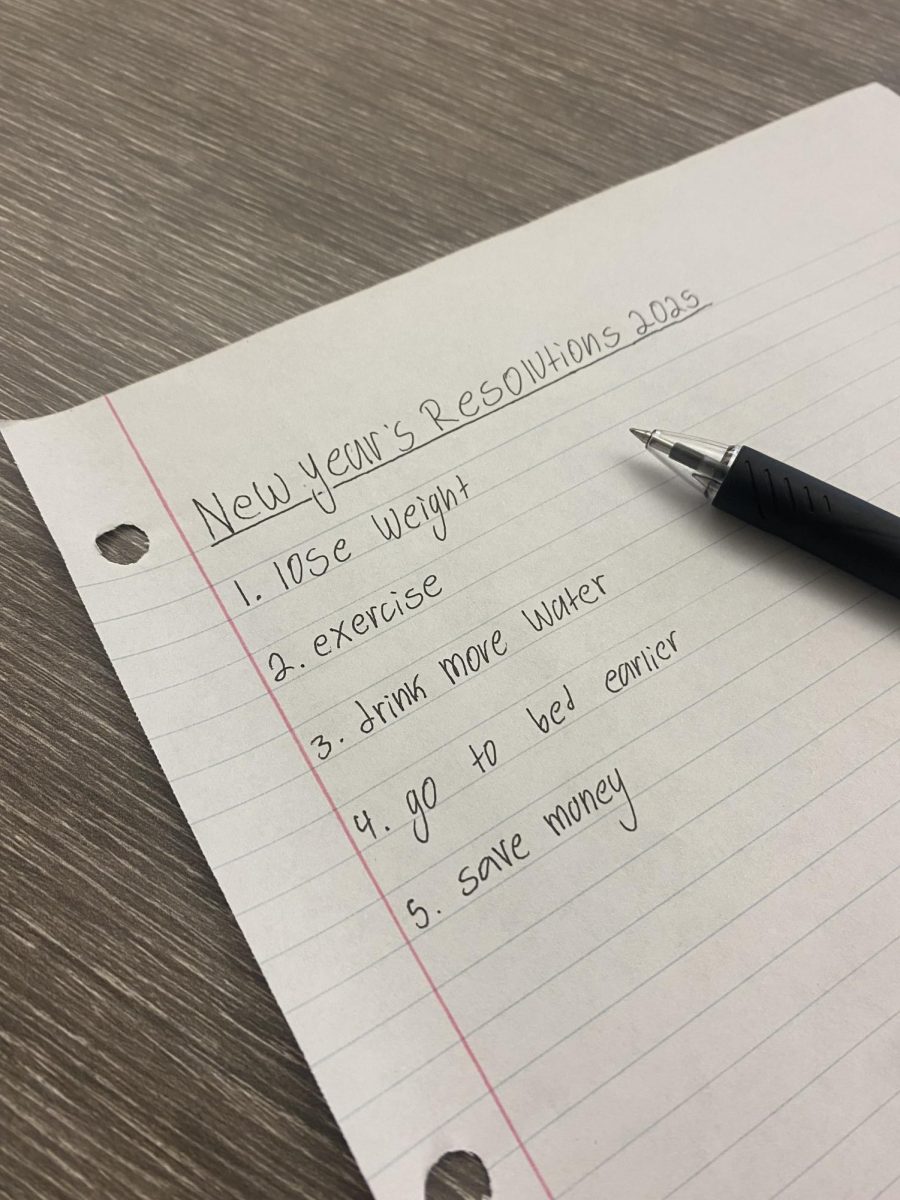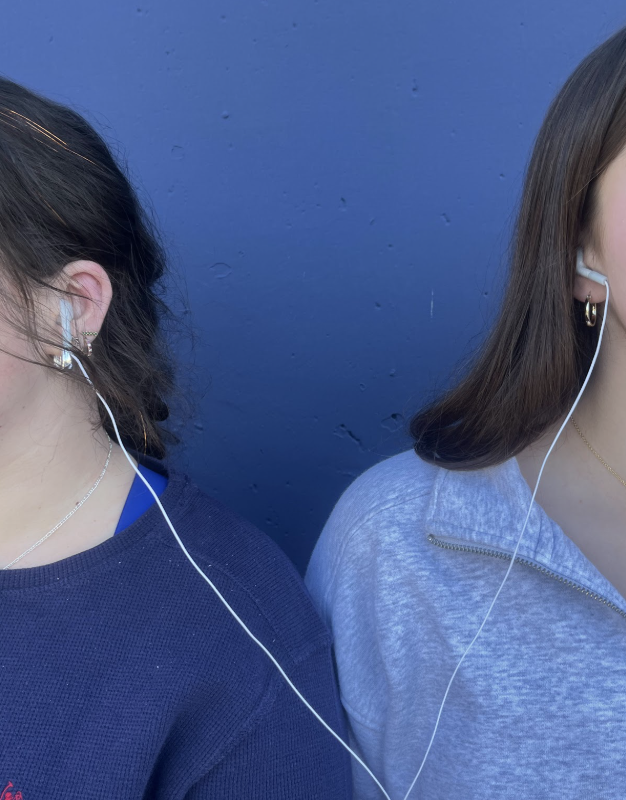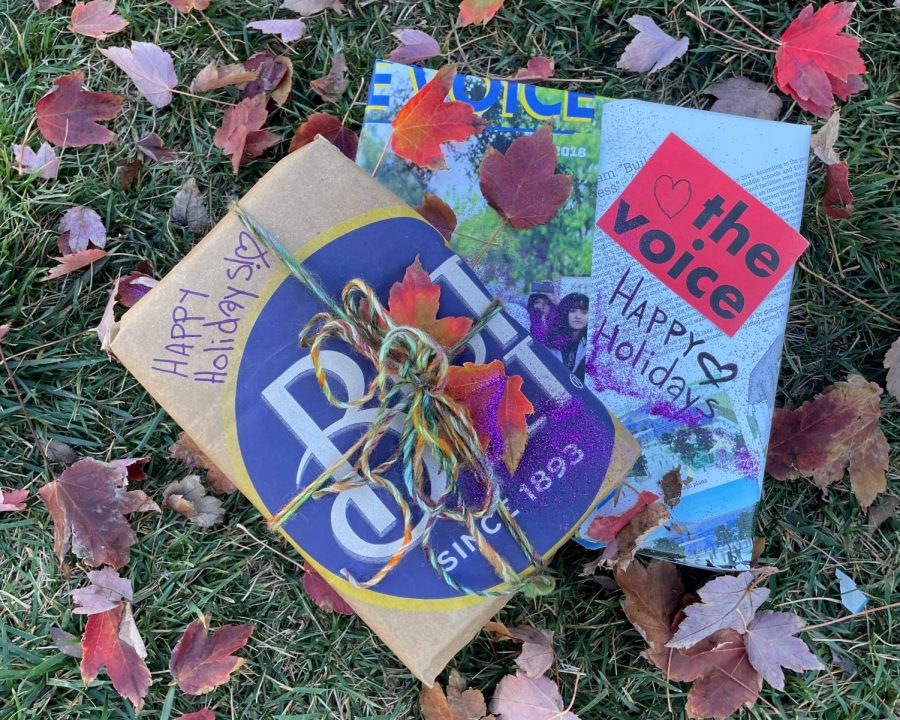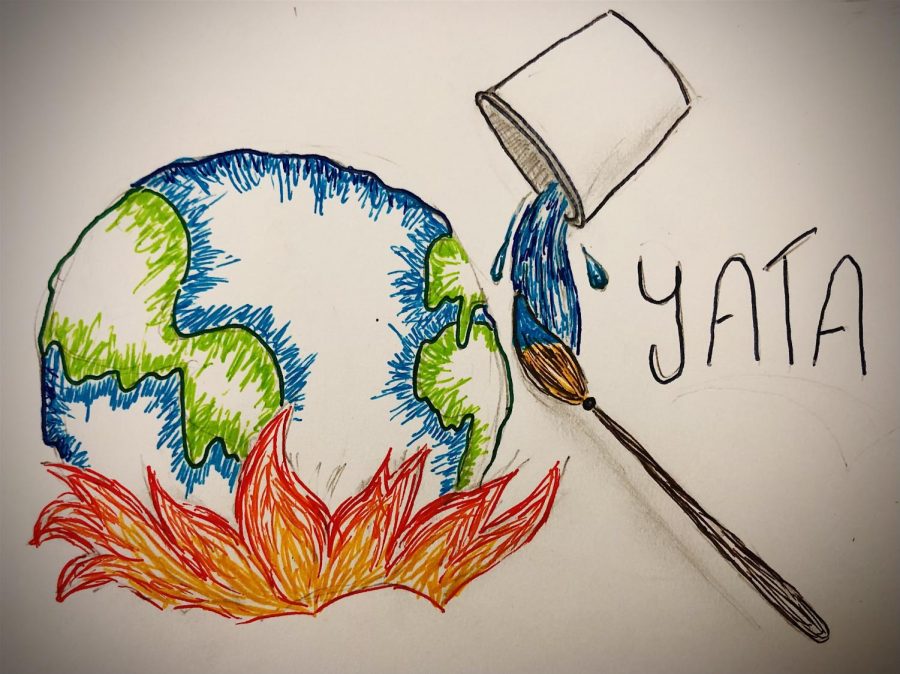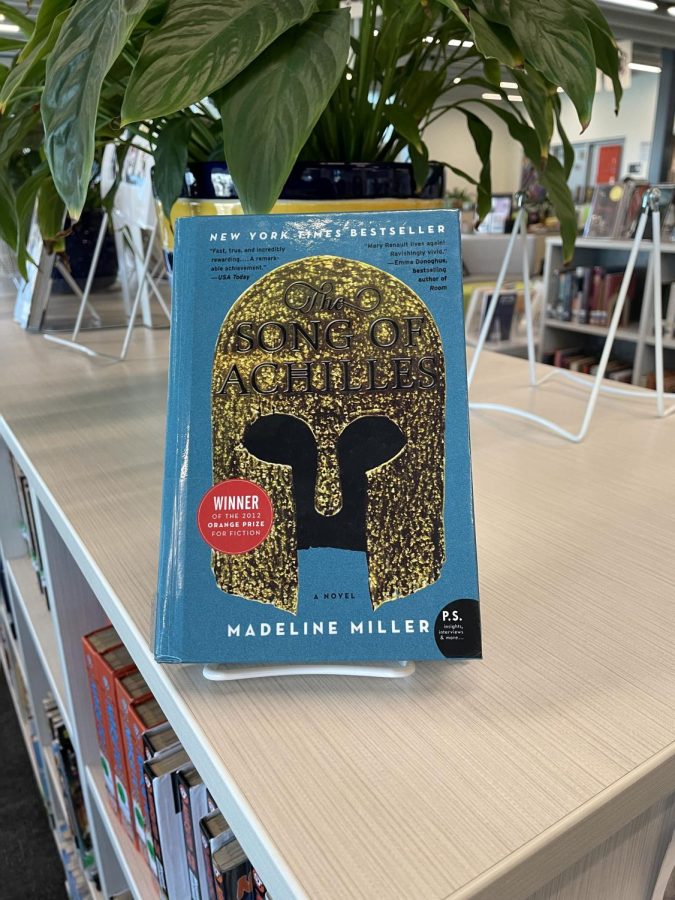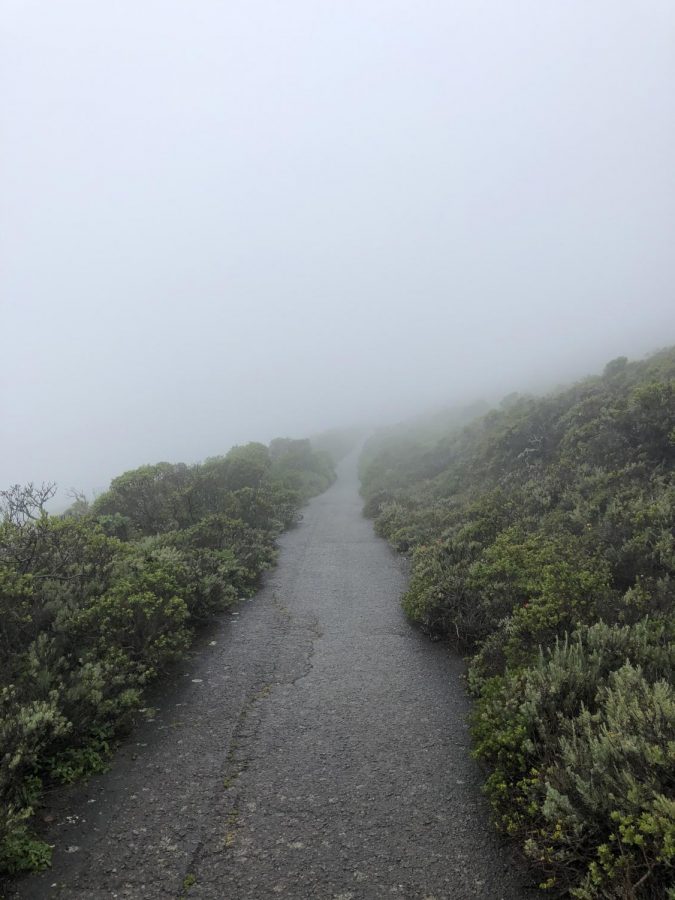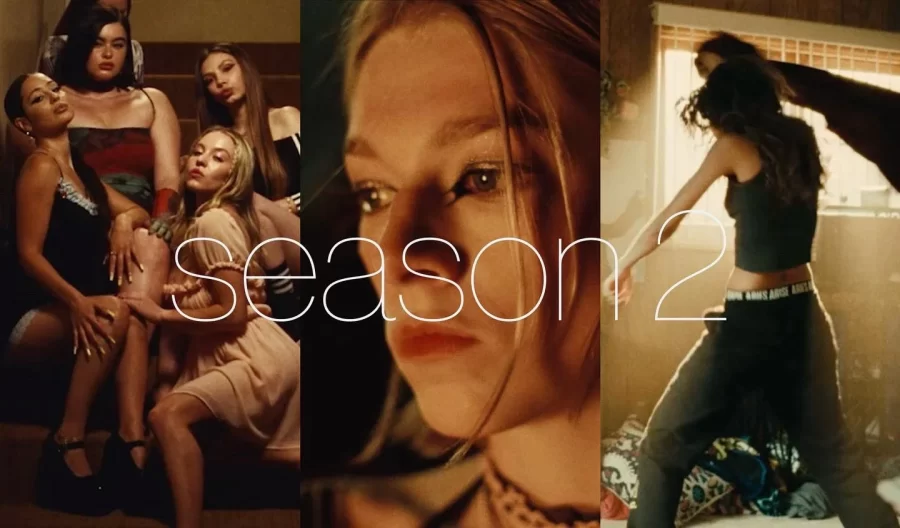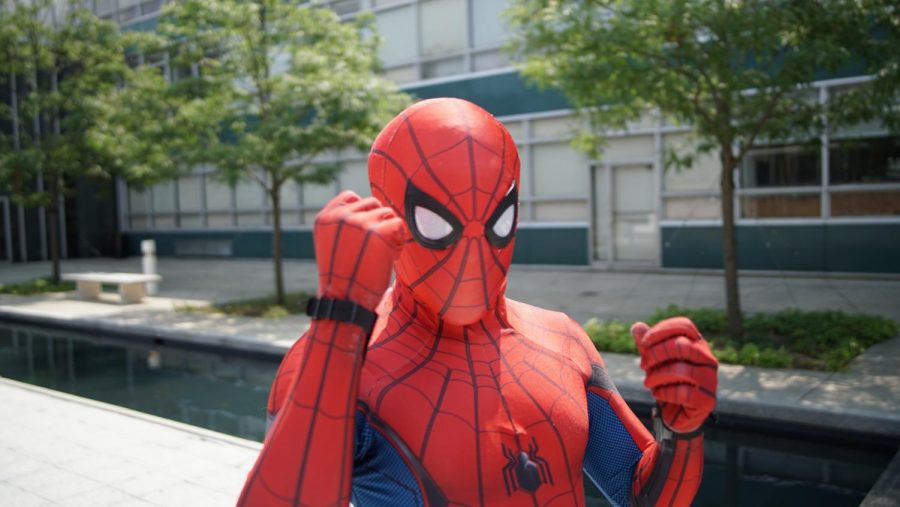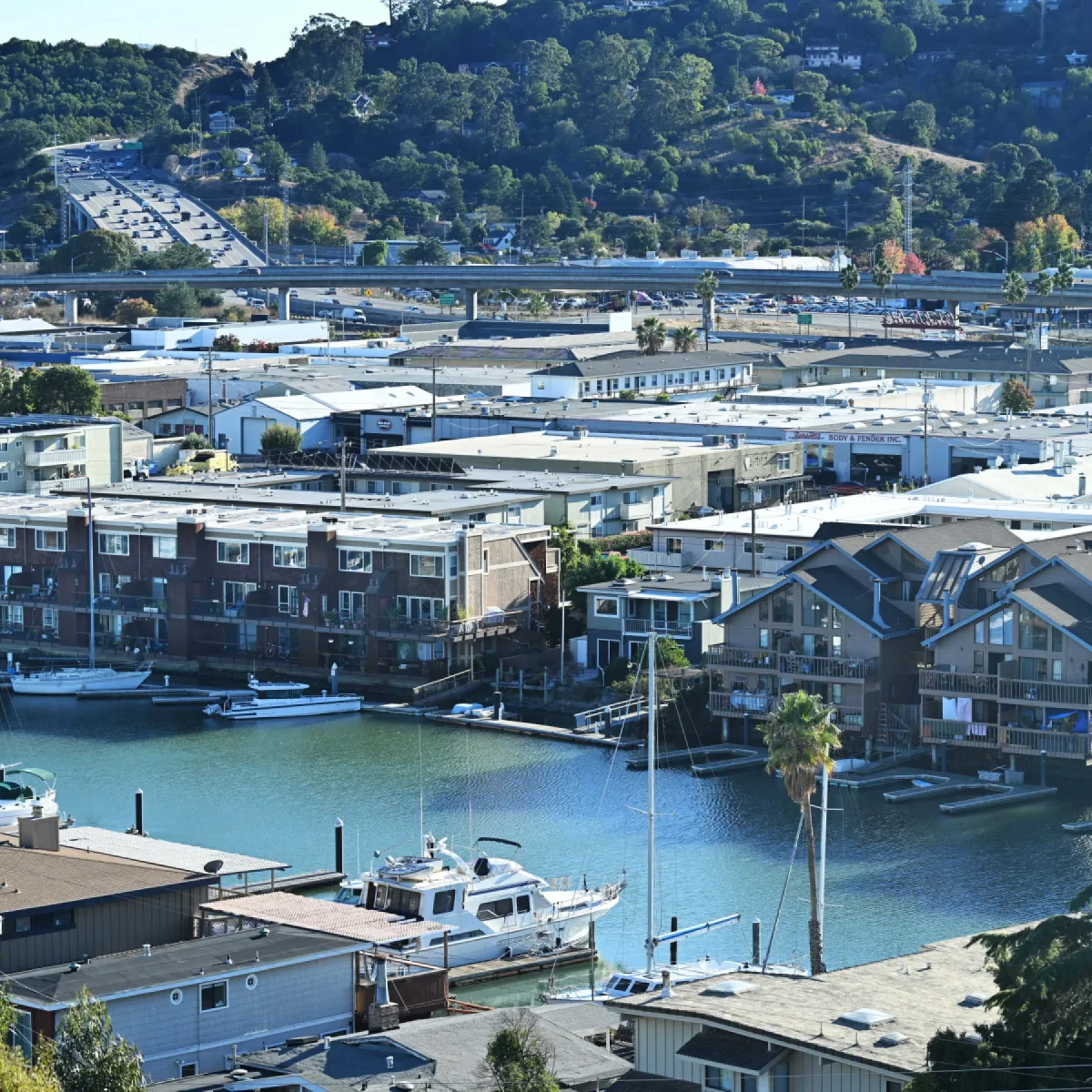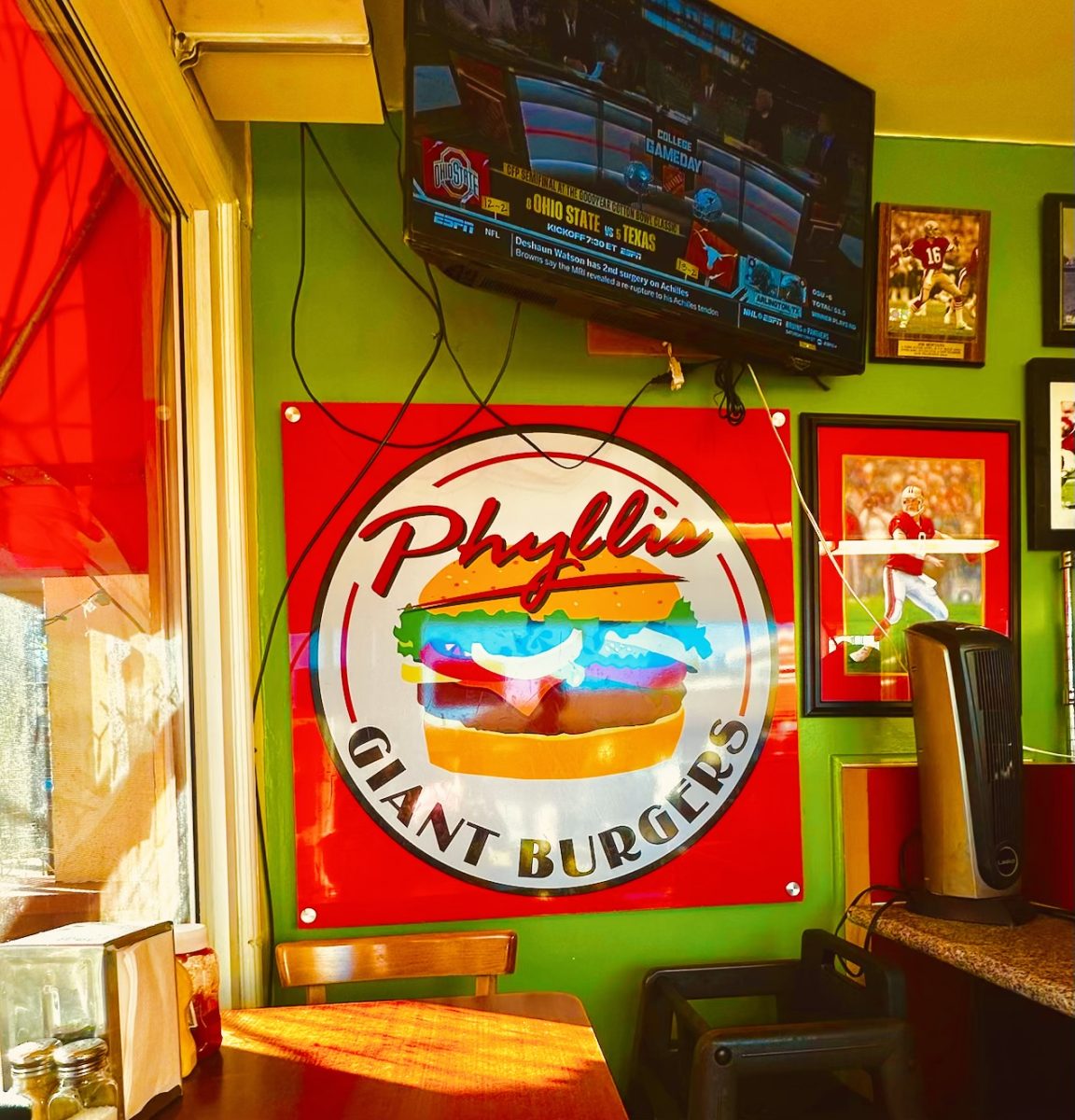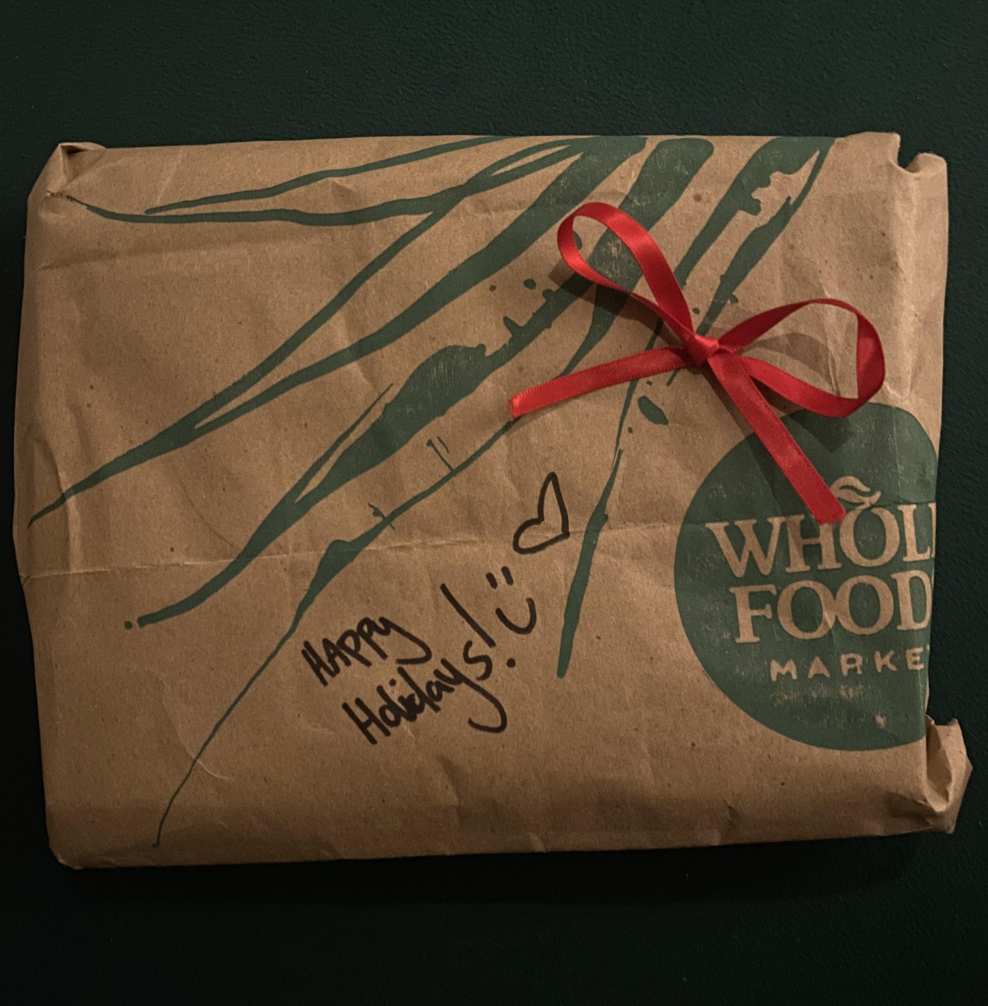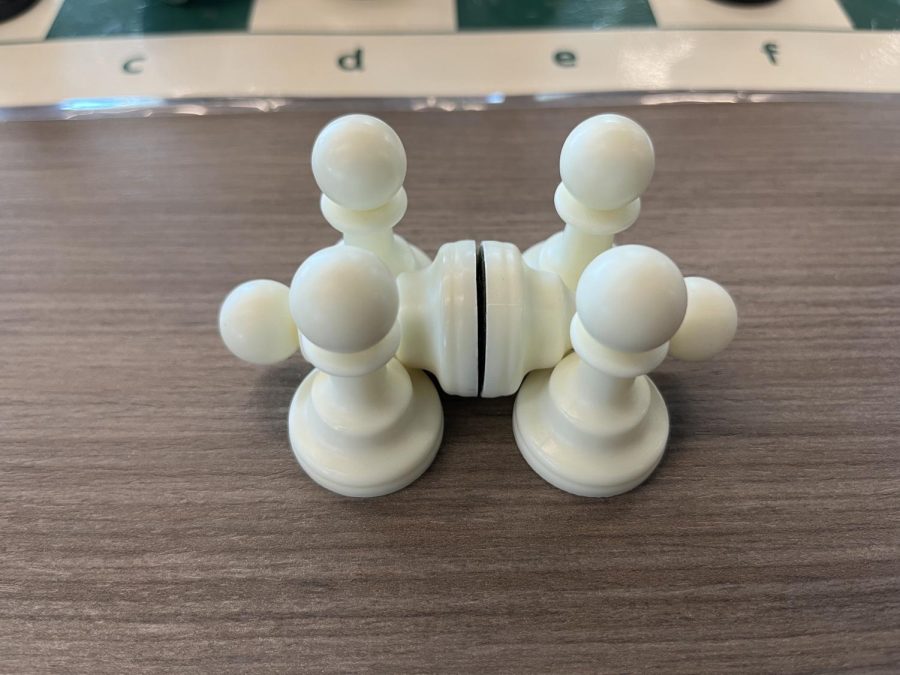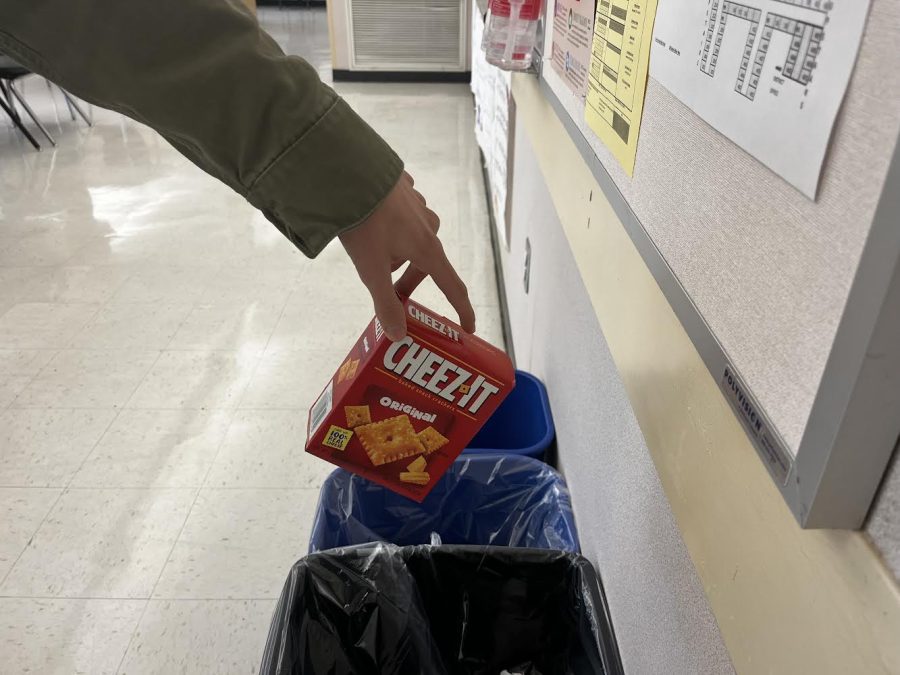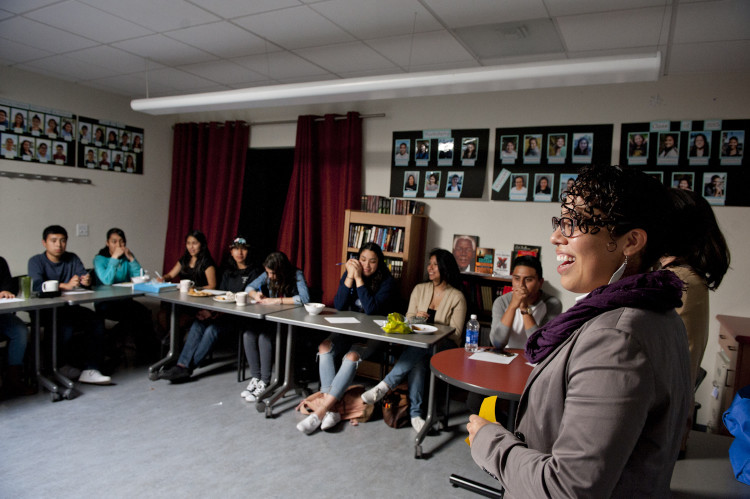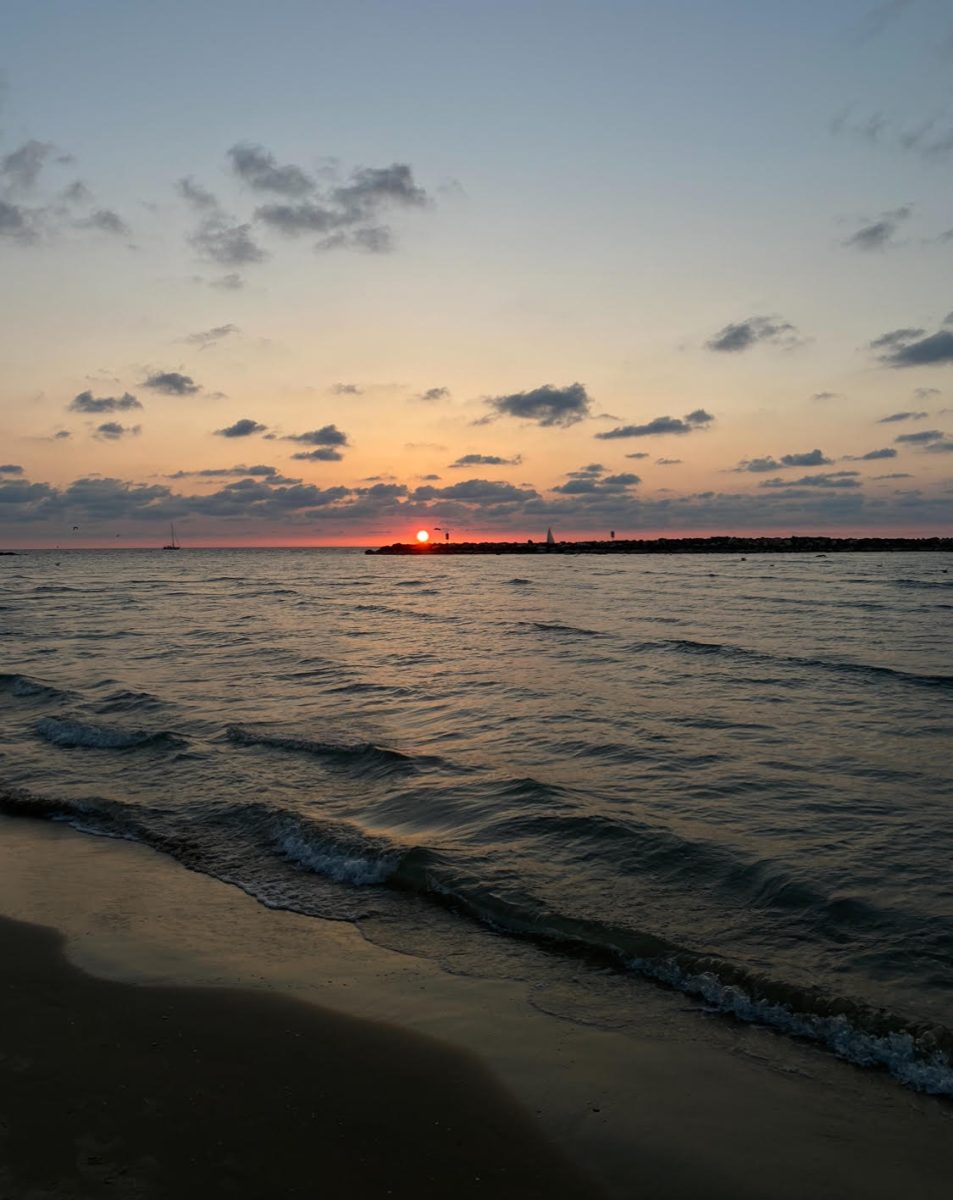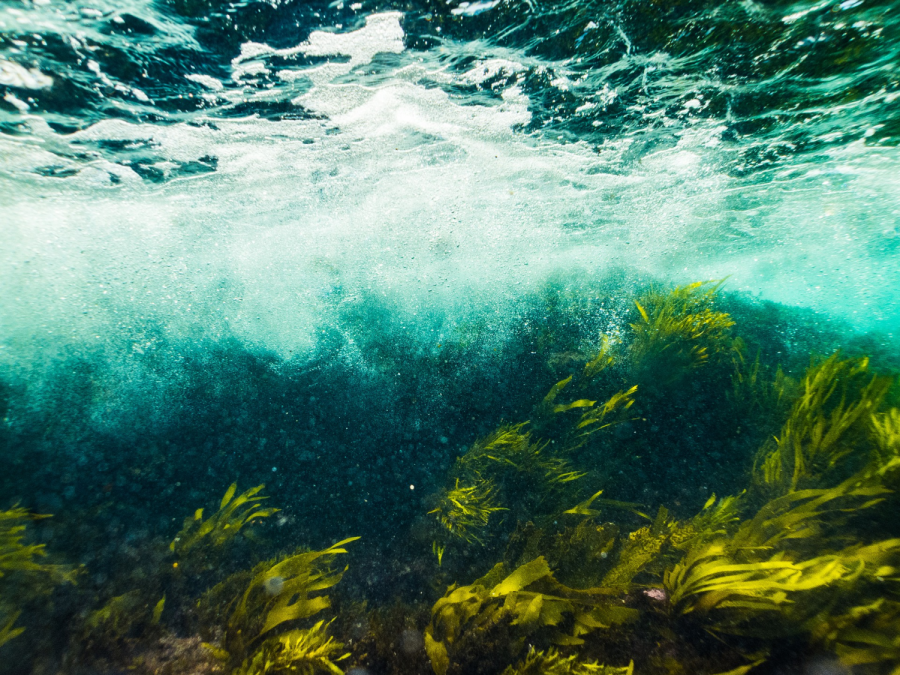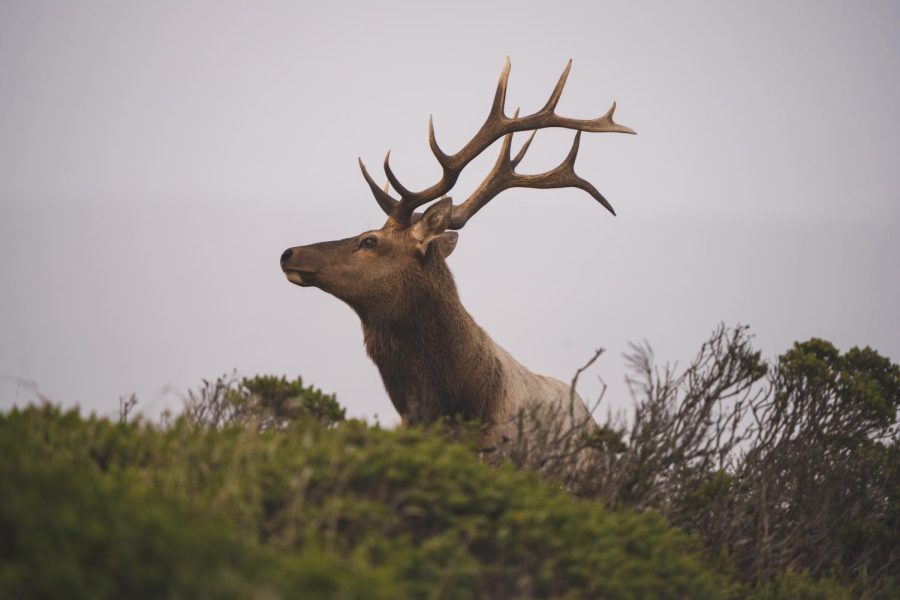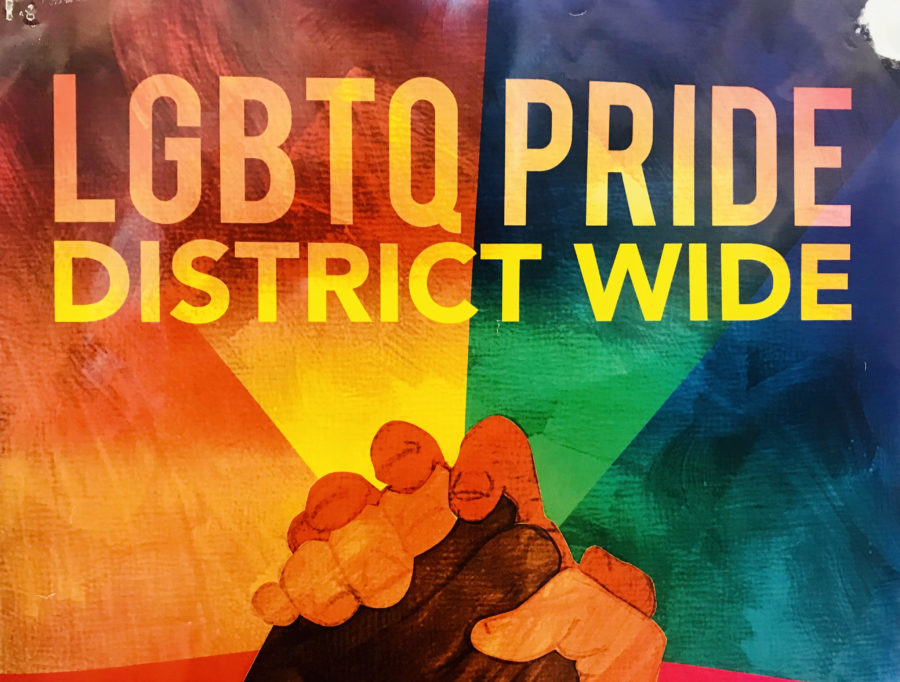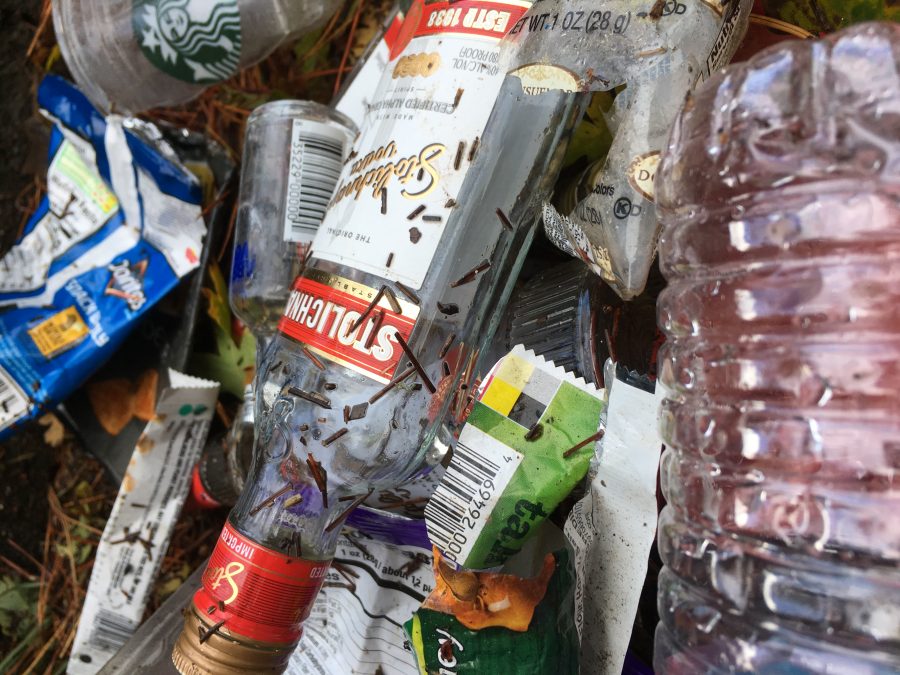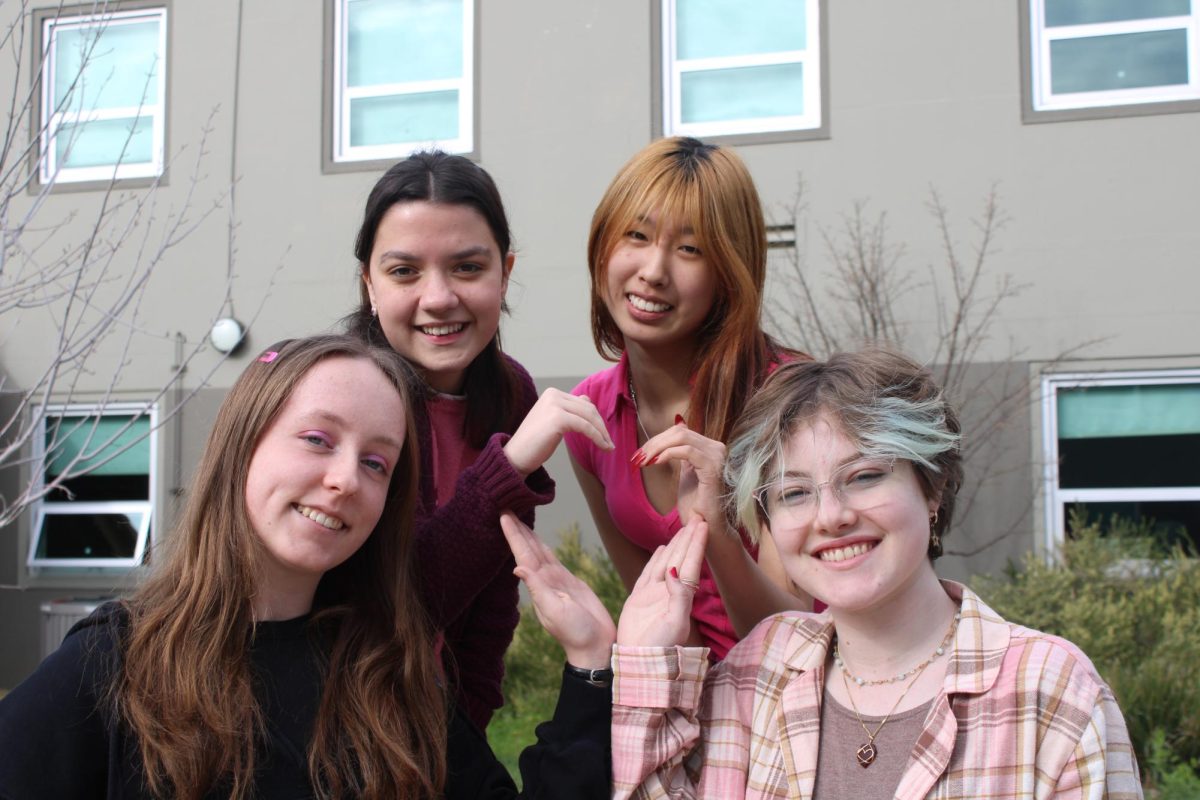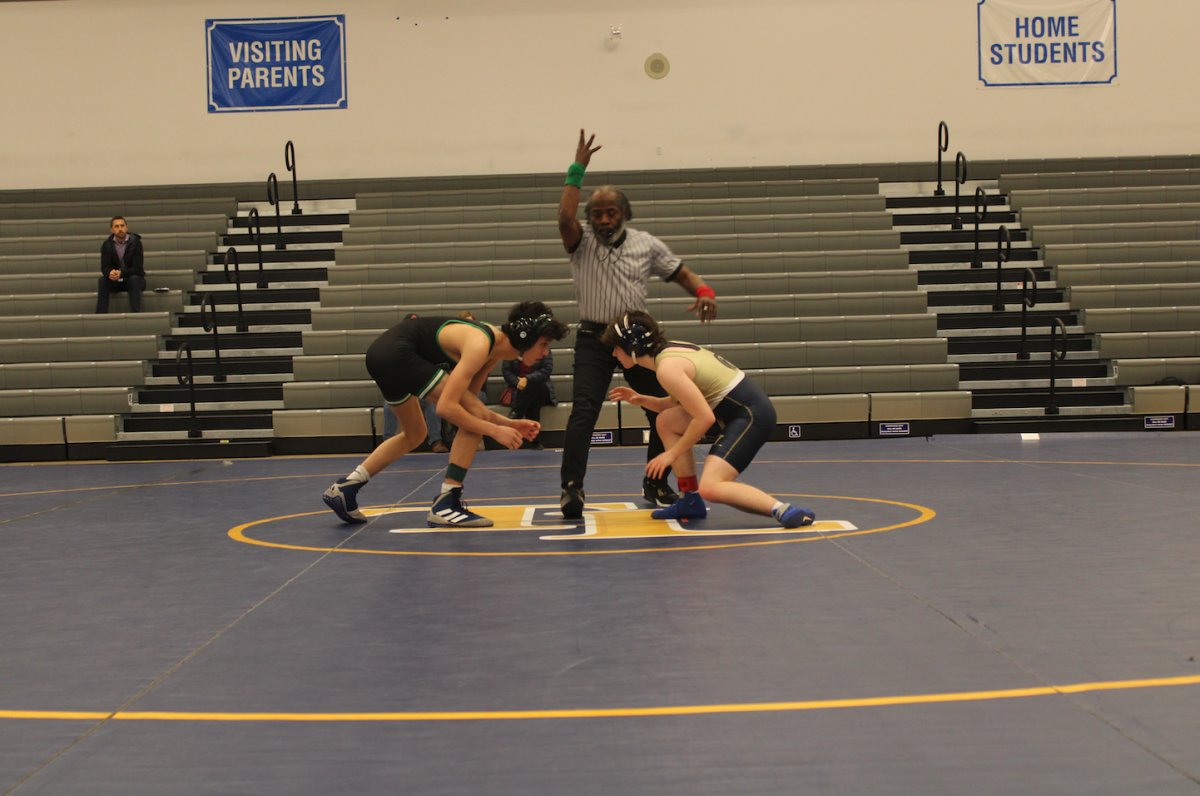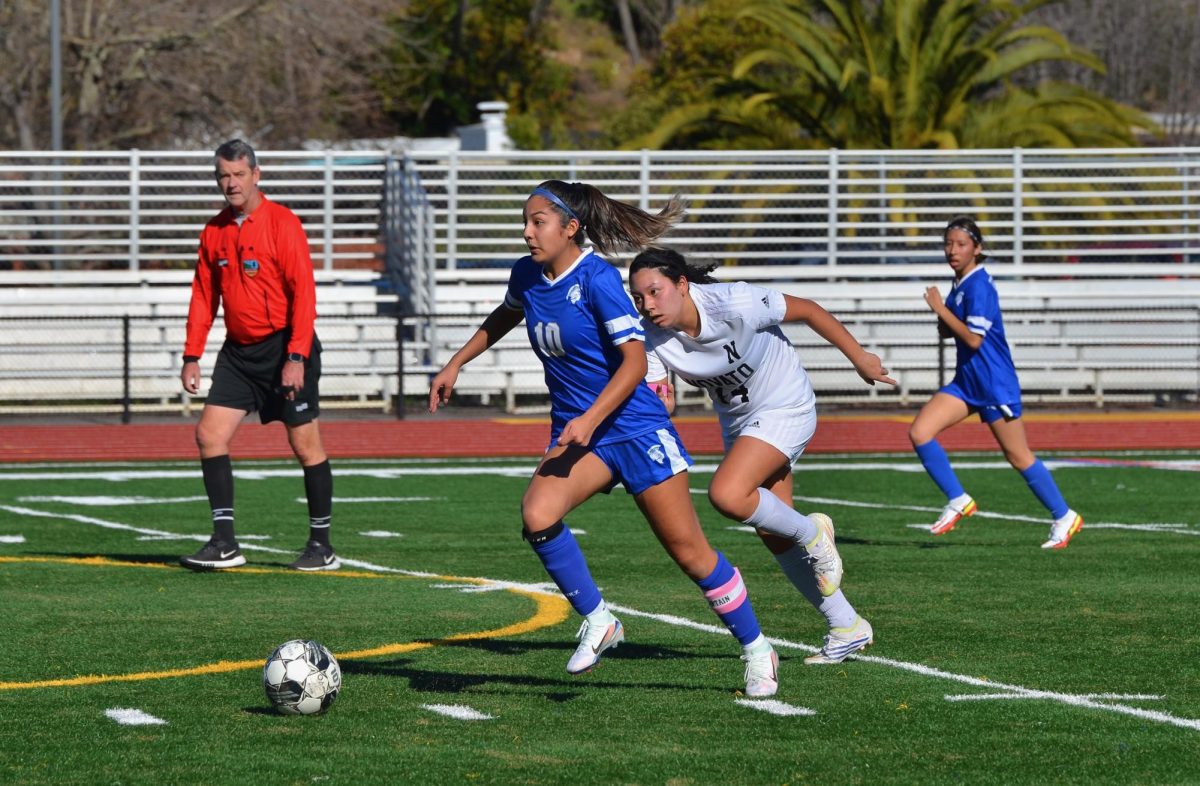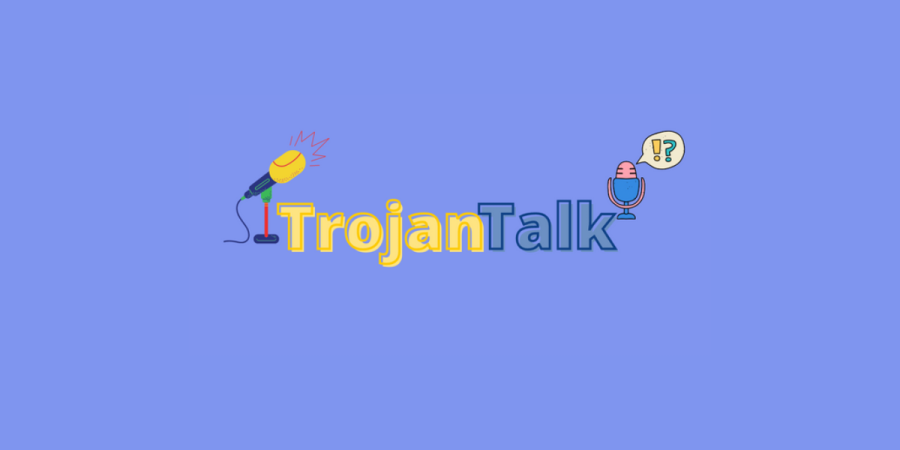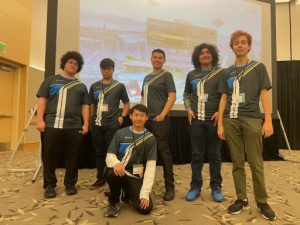Help Save the Kelp
March 29, 2022
California once harbored forests of kelp that flourished just beyond the breaking waves. These underwater woodlands were home to fish, shellfish, seals and sea otters. They were epicenters of biodiversity, and breadbaskets to local fishermen and communities. Now, one would be lucky to see a single kelp frond peeking above the surface.
In less than 10 years, 90 percent of California’s kelp has disappeared, creating a hole in the underwater underwater ecosystem that threatens the survival of countless species.
Kelp forests have long lived in a fragile balance where predators and prey control each other’s population and the kelp is controlled by small, unassuming purple sea urchins. Urchins are kelp eaters, and particularly enjoy chewing on kelp holdfasts, rootlike structures that anchor the kelp in place. Without population control, such as hungry sea otters, urchins would devour all the kelp.
The kelp forests of the west coast succumbed to a cascade of interconnected and poorly timed events. After sea otter populations were decimated by Europeans in the mid-1700s, the Sunflower Sea Star (a massive sea star that can grow up to a meter across) stepped in as ‘urchin control.’ Sunstars were able to control the sea urchin populations enough for kelp to flourish, even without the otters. Until they all mysteriously died of an unknown disease. Meanwhile, kelp forests were hit by the ocean equivalent of a heat wave, leaving them acutely susceptible to an urchin attack (urchins prefer warmer water). During a short period—about ten years—the sea urchin population skyrocketed to 10,000 percent of its original size, and left the kelp decimated. Kelp survived only in the last otter strongholds, such as Monterey Bay, and parts of Alaska.
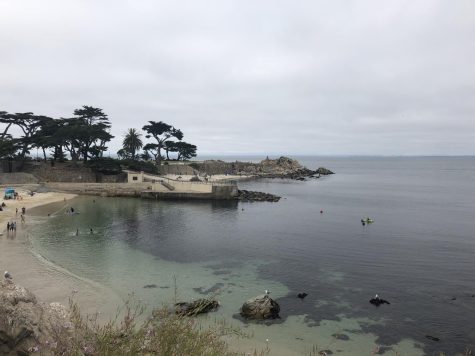
Citizens have been heavily impacted by the disappearance of kelp, though some don’t know it. Communities that rely on red urchin harvest, or fresh catch to make a living, have pulled in less and less every year. Furthermore, kelp acts as effective protection from erosion and swells. As large swells roll in, the energy is caught and slowed by the shifting kelp fronds, dampening and spreading the energy. By the time the wave reaches the shore, it is much smaller than its original size. Without these floating buffers, the waves crash directly into the shore, increasing the rate of erosion as all the ocean’s energy is translated into the cliffs and beaches. Lastly, and seemingly trivial in comparison, ocean lovers everywhere have lost one of the most beautiful environments on earth.
“Kelp forests are majestic,” says Terra Linda sophomore Adina Golbus, as she describes diving in the kelp forests of Monterey. Adina’s family have been diving for generations. They have fond memories of diving in and around kelp forests. “It was so compelling, a mysterious forest underwater.”
“My dad was a diver, and a dive instructor, and my mom dives as well,” Adina explains. She did her first open water dives in Monterey, and loved the experience. “I didn’t want to come back up,” she says. She is devastated by the thought of kelp forests disappearing, and hopes there are ways she can help.
Patrick (Pat) Schnettler, co-founder of 12 Tides, a business selling high quality kelp chips (like potato chips but made out of kelp!) has thought the same things as Adina. Before he started 12 Tides, he spent six to seven years working in the seafood industry, doing everything from factory farming ships in Alaska, to microscale shrimp farms. He also saw everything that was wrong with the seafood industry.
“Seeing what I saw in the seafood industry didn’t sit very well,” Schnettler says. He grew up in a conservationist family, and environmentalism has always been part of his life. During his time working in the seafood industry, he met some seaweed farmers who introduced him to the idea of seaweed farming and regenerative agriculture.
Regenerative agriculture, Schnettler says, is “net positive for the ocean.” Typically, agriculture takes nutrients and energy from the land/sea, degenerating the environment. Even “sustainable” seafood can only hope to be “neutral” to the environment. Regenerative agriculture and kelp farming actually provides nutrients, and habitat to the environment. Furthermore, kelp is very good at removing pollutants and acidifying the ocean.
Schnettler wanted to create a “high value product” where kelp can be sold. He started 12 Tides to create that market, backing a product that makes enough profit to pay farmers well. 12 Tides is also a certified B corporation, meaning that they meet the highest standard of environmental and social responsibility. Furthermore, one percent of all profits are given to an organization called SeaTrees, a group working to clear urchins, and reestablish kelp forests. So far, they have restored more than 4,000 square feet of California kelp. Though this sounds insignificant, Schnettler stressed that each square foot of area in a kelp forest also has a vertical aspect, 50 or a hundred feet of biomass. In other words, 4,000 square feet ammasses to 360,000 cubic feet of underwater ecosystem restored.
Schnettler and 12 Tides have done their best to make their business sustainable. All their chips are sold in compostable packaging made of wood pulp, which is no small feat. Schnettler says he knows that 12 Tides personally will not significantly impact the overall consumption of plastic waste, but he hopes to set an example for others looking to be environmentally conscious. “We want to make people aware that alternatives exist,” he says.
Are market based solutions effective in solving other ecological problems besides the disappearance of kelp? He said it depended on the circumstance. In many cases, he thinks, government grants and labs are best equipped to solve these problems. That being said, in situations like kelp farming, an industry previously supported just by grants, and in danger of collapse when funds eventually dry up, Schnettler says yes.
Often, it takes thinking out of the box to solve a problem. Perhaps the solution will come from an entrepreneur like Pat Schnettler trying to save an ecosystem, or consumers choosing products like 12 Tides instead of more ecologically damaging choices. Perhaps it will come from a diver like Adina, who wants to help protect the world she visited under the waves, or an organization like SeaTrees working with scientists and volunteers alike to conserve the kelp forests. More likely however, it will be a combination of people working together to reforest our coasts.
Will you be one of them?



